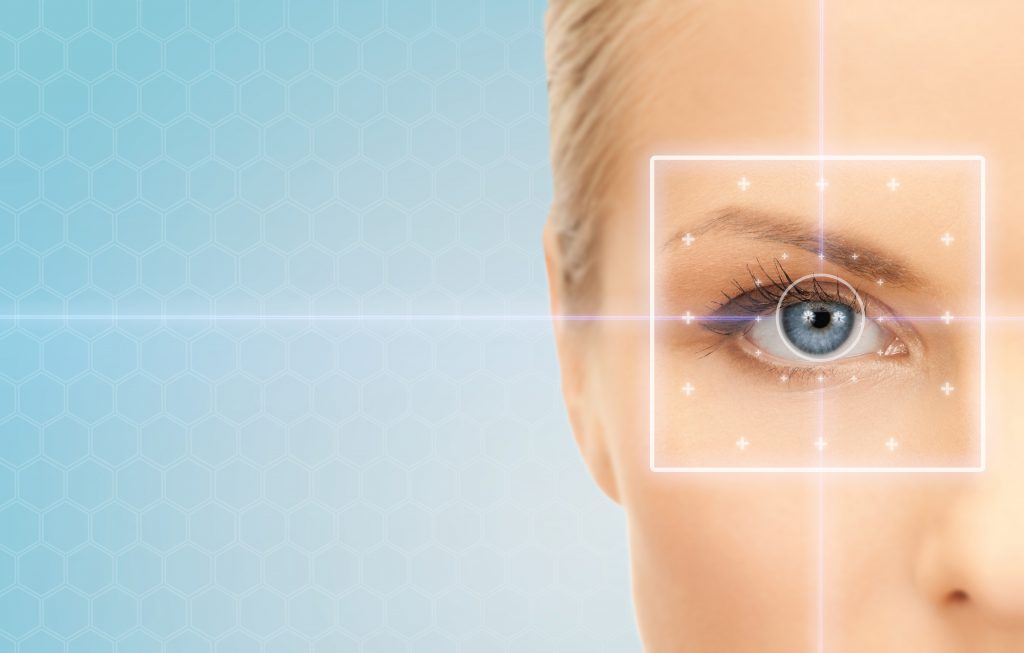Iris Scanner
1
%
capture
1
%
Reliable
1
%
Safe
We Guarantee.


TRUST


SAFETY
SERVICE
IDENTITY
Iris ID Biometrics.
Comda specializes in a range of solutions and tailoring various biometric products to customer requirements.


Iris Scanner .
Biometric authentication is a process of identifying a user’s unique body characteristics as a network authentication method. Biometric technologies can be used as a form of identification as well as verification. Generally, biometric authentication can obtain unique biological data from users in order to verify identification. The most common biometric authentication methods are fingerprint, iris and facial feature identification. Fingerprint authentication is the most popular for widespread use in IT and telecom systems. The chance of an identification error is 1 in 104 to 1 in 106, depending on the quality of the system, whereas iris authentication provides absolute identification. No two irises in the world are the same and the margin of error is 1 in 1016.
Easy to use.
These technologies have many use options: The ability to authenticate people accurately when paying; identifying patients arriving for medical treatment without any identification means whatsoever; identifying people requesting disability benefits; identifying job-hunters requesting monthly allowance from the Ministry of Labor and Social Welfare; border control; absolute authentication in order to use electronic signatures or enter secure computer systems or compartmentalized buildings.




Authentication Systems .
Iris authentication systems are common at the entrance to airports and admission to detention facilities.
Facial feature authentication is less accurate than fingerprint authentication and is convenient to use when the identified people who are stationary. The advantage is that their cooperation is not required, and they can be photographed and controlled without their knowledge.
Our Solutions.
Access control systems.
Comda offers solutions to protect and ensure the completeness of the organizational information by assimilating access control.


Digital signing systems.
ComSignTrust is a subsidiary of Comda that supplies digital signing systems for enterprises and SMB’s.


Biometrics solutions.
Comda is the leading company in israel for biometrics services and products by well known brands.


Vault & Encryption.
Comda is the leading company in israel for biometrics services and products by well known brands.
Contact us for more details
We would love to do any project you choose with the highest quality at the highest security level


About
- About Us
- Case Study
- Articels
- News
- Careers
- List Item

